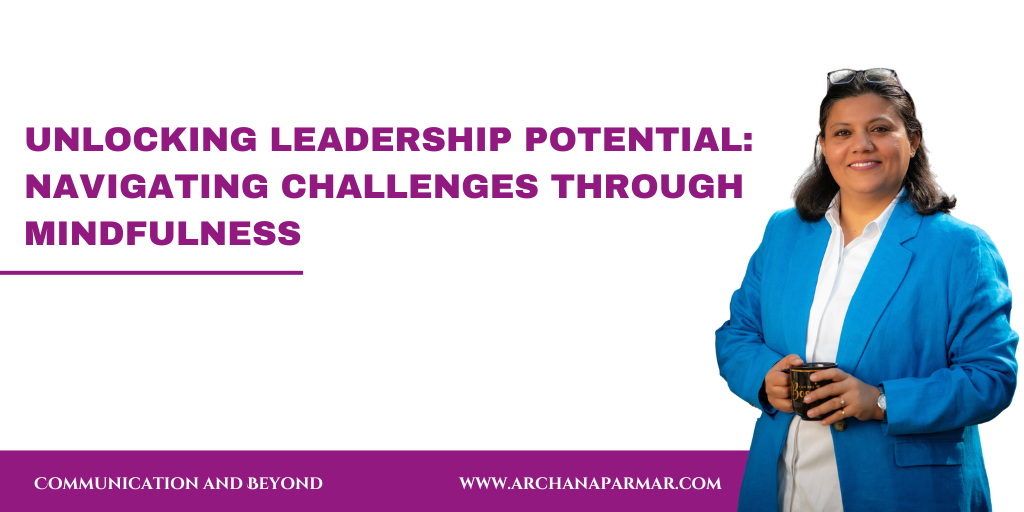In today’s dynamic business environment, influence is a critical asset for CEOs and senior leaders. Although social media offers an immediate platform to share ideas and connect with audiences, building sustainable influence extends far beyond these digital channels. It involves cultivating personal authenticity, strategic communication, and relational capital across diverse forums. In this article, we explore comprehensive strategies for how top executives can build enduring influence beyond social media. 1. Embrace Authentic Leadership a. Define Your Core Values Authenticity is the cornerstone of influence. CEOs and senior leaders are most persuasive when they articulate a clear set of values and principles. Whether addressing employees, engaging stakeholders, or providing guidance to the broader industry, leaders should consistently demonstrate commitment to these values. This approach helps establish trust and credibility that transcends social media echo chambers. b. Lead by Example Actions speak louder than words. Influential leaders embody the change they wish to see by being visible in decision-making processes, in-person engagements, and through mentorship initiatives. Demonstrating genuine commitment through behaviour—like ethical decision-making, sustainable practices, and inclusivity—fosters an environment of accountability and inspiration. 2. Expand Your Thought Leadership a. Publish Thought-Provoking Content Beyond regular social media posts, publishing op-eds, white papers, and scholarly articles in reputable journals or industry-specific publications builds credibility. This content serves as a testament to one’s expertise and allows leaders to delve deeper into complex subjects, offering insights that might be too nuanced for the fast-paced digital platforms. b. Engage in Public Speaking and Panel Discussions Participating in conferences, industry panels, and webinars provides an opportunity to communicate ideas directly. These engagements facilitate real-time dialogue, where leaders can interact with diverse audiences, answer questions, and demonstrate their depth of knowledge. Frequent speaking engagements lead to a reputation as a go-to authority, further building influence. c. Academic and Industry Collaboration Collaborating with universities, think tanks, and professional associations on research projects or industry reports is another way to assert thought leadership. This not only adds to the leader’s portfolio of expertise but also strengthens relationships with emerging experts and practitioners in the field. 3. Leverage Traditional and Digital Media Outreach a. Cultivate Relationships with Journalists and Influencers Building a robust media network—one that goes beyond social media—is vital. CEOs and senior leaders should nurture long-term relationships with journalists and thought leaders who cover their industry. Proactively providing them with data-driven insights and expert commentary can ensure that your perspective is included in news stories, interviews, and feature articles, cementing your influence through trusted news outlets. b. Host Exclusive Events and Roundtables Organizing high-level events such as executive summits, roundtables, and intimate industry gatherings allows for direct dialogue with peers, industry experts, and policymakers. These events offer a platform to exchange innovative ideas and influence industry trends in a more controlled, impactful manner. c. Engage in Crisis Management and Transparent Communication Influence is significantly tested during times of crisis. CEOs who communicate clearly and transparently—not just via digital platforms but through press conferences and interviews—exemplify strong leadership. This approach not only mitigates potential fallout but also builds a reservoir of trust and resilience for future challenges. 4. Forge and Sustain Strategic Partnerships a. Establish Industry Alliances An influential leader knows the value of strong alliances and networks. By collaborating with other industry leaders, executives can drive initiatives that create systemic change. From joint ventures to advocacy groups, such collaborations amplify messages and expand reach beyond individual platforms. b. Engage with Community and Social Initiatives Influence often comes from being seen as a contributor to broader societal causes. Being involved in community projects, charitable organizations, and social impact initiatives lends human credibility and reinforces a leader’s commitment to bettering society. This involvement reinforces the leader’s image as someone who prioritizes the common good over personal or corporate gain. 5. Invest in Personal Branding and Legacy a. Curate a Multi-Faceted Personal Brand An influential leader should view themselves as a brand—one that is built upon consistent messaging, integrity, and expertise. It’s important to manage not only the online persona but also the offline identity. This includes high-quality interviews, a well-designed personal website, and participation in prestigious networks that validate one’s standing within the industry. b. Mentor the Next Generation Mentorship is a powerful influence amplifier. Engaging with emerging talent and guiding future leaders not only creates a lasting legacy but also reinforces a leader’s reputation as knowledgeable and supportive. This investment in the future adds layers to one’s influence, creating a ripple effect that extends well beyond immediate interactions. c. Document Your Journey Many influential leaders choose to document their experiences and philosophies through books, podcasts, or documentary projects. These narratives provide invaluable lessons, inspire others, and cement a leader’s historical significance within the industry or broader society. 6. Navigating the Intersection of Digital and Traditional Platforms While building influence beyond social media is crucial, digital platforms remain a significant part of modern communication. The goal is to use each medium where it can offer the greatest value. Traditional media, public speaking, and personal relationships are complemented by digital efforts, creating a holistic approach to communication. For example, thought leadership content can be distributed both in academic journals and on professional networks, ensuring that the message resonates across a broad audience. Conclusion Building influence as a CEO or senior leader in today’s multifaceted communication environment requires a deliberate, comprehensive strategy. Beyond the immediacy of social media, authentic leadership, expansive thought leadership, diversified media engagement, strategic partnerships, and robust personal branding are critical for cultivating lasting influence. By combining these elements, executives not only enhance their impact within their organizations but also shape broader industry trends and drive societal progress. Embracing these approaches ensures that their influence is recognized, respected, and resilient over time. If you’re a senior leader looking to build authentic influence without getting caught up in the social media hustle, let’s connect. I work with high-performing executives to help them communicate with clarity, confidence, and credibility—online and offline.Connect with me or drop a message to explore how we can










